Wildlife Gallery
ETLS Studios presents a stunning collection of wildlife and nature photos that will take your breath away. From majestic landscapes, wildflowers and up-close shots of animals in their natural habitat. Follow us on social media to stay updated on our latest releases and promotions at https://www.facebook.com/profile.php?id=100095521980307. Join us in celebrating the wonder of wildlife and the beauty of nature through photography. Ready to bring the beauty of nature into your home or office? Our photos are available for purchase in a variety of formats, including prints, canvas, metal prints and digital downloads. Whether you're decorating your space or looking for the perfect gift for a nature lover, ETLS Studios has you covered.
Join us in celebrating the wonder of wildlife and the beauty of nature through photography.
Visit the store at
to explore our collection and bring a piece of the wild into your life. Don't miss out on the opportunity to own a piece of nature's beauty captured through the lens of ETLS Studios.
🌿 ETLS Studios Wildlife and Nature Photography: Where Nature Meets Art 📸🌍
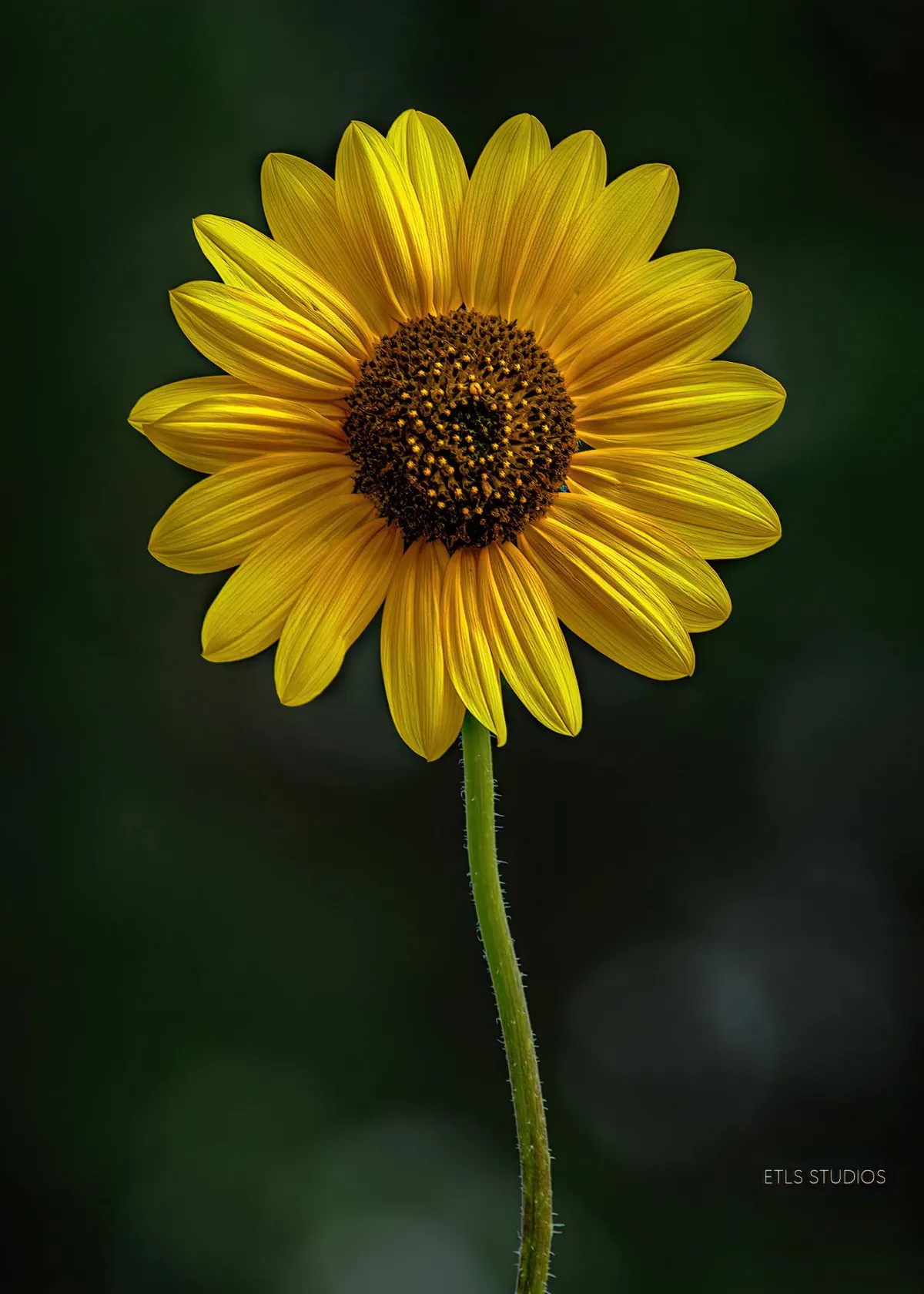
Wild sunflowers are native North American plants that are closely related to the cultivated sunflowers that are commonly grown for their seeds and oil. These wild sunflowers are characterized by their bright yellow, daisy-like flowers and their ability to grow in a variety of natural habitats.
Wild sunflowers are not only beautiful but also play a vital role in supporting local ecosystems by providing food and shelter for a variety of wildlife. Their bright blooms are a welcome sight in many natural landscapes and contribute to the overall biodiversity of their respective habitats.
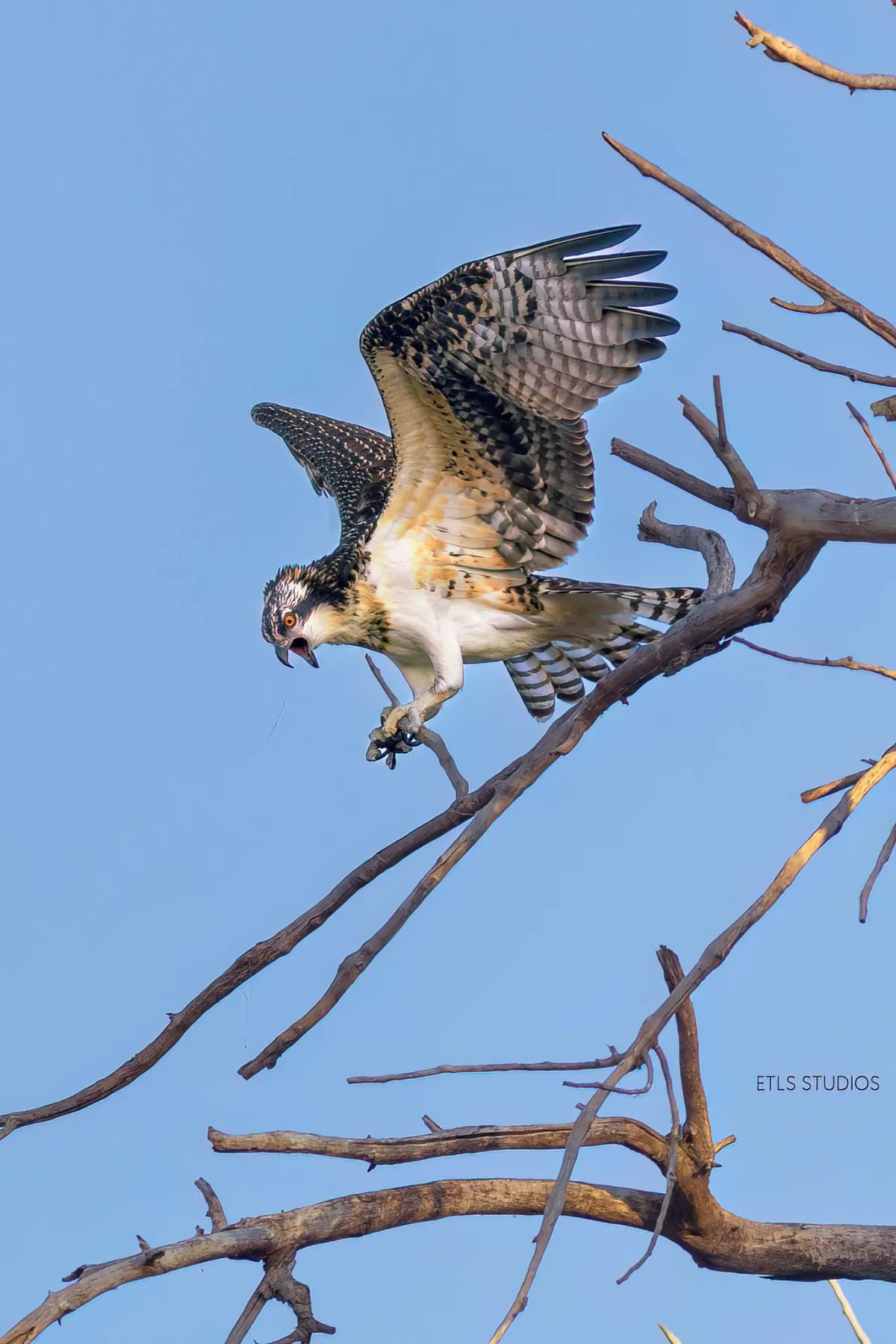
Ospreys are charismatic birds of prey known for their fishing prowess and adaptability to a wide range of aquatic habitats. They play a crucial role in ecosystems by helping to regulate fish populations and are a symbol of healthy aquatic environments.
Ospreys have a global distribution, and they can be found near a variety of aquatic habitats, including coastlines, rivers, lakes, and marshes. They are often associated with freshwater and saltwater environments, as they rely on fish as their primary food source.
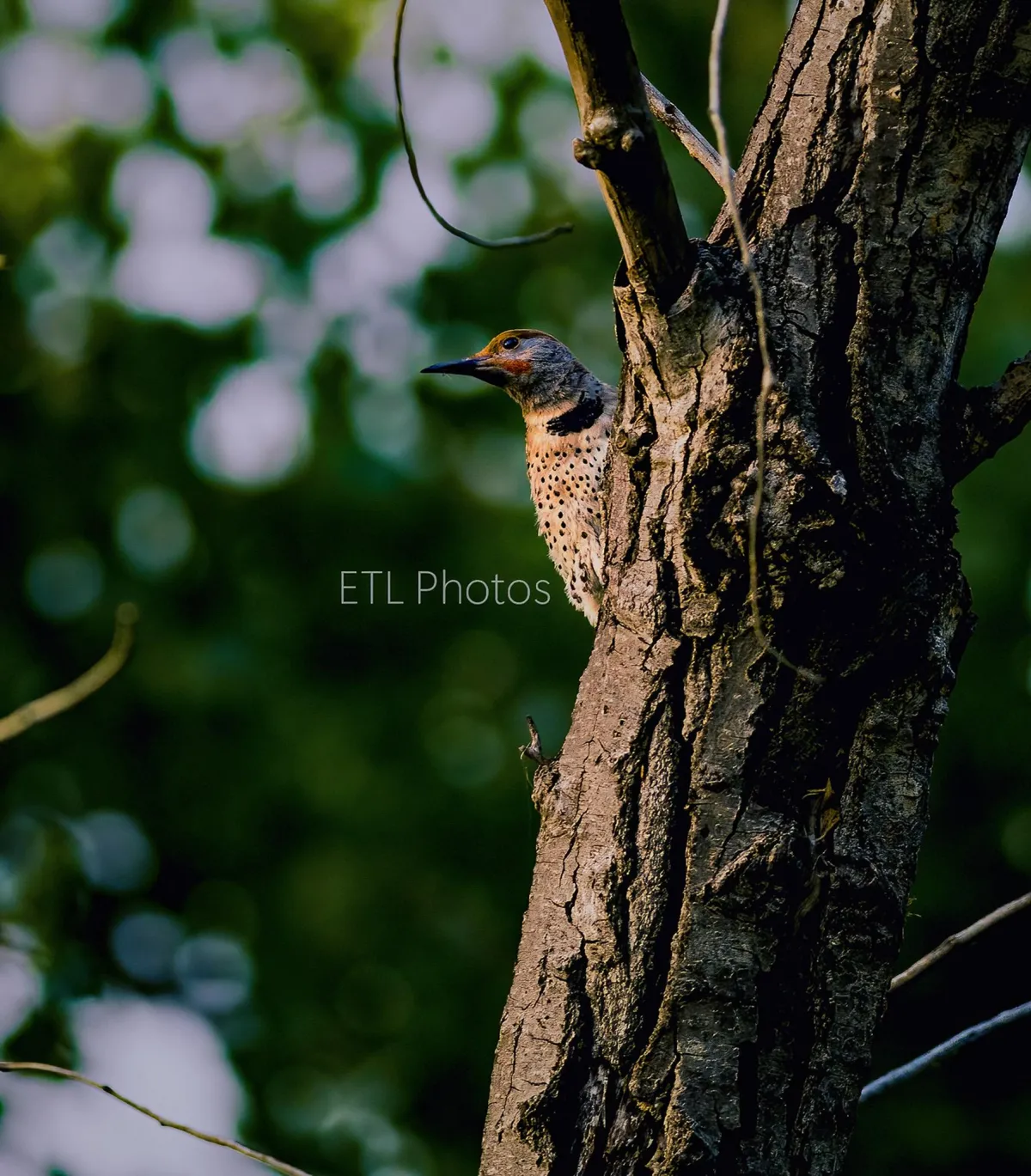
Northern Flickers are interesting woodpeckers with a distinctive appearance and behavior. They are adaptable birds that can be found in a range of North American habitats and are known for their unique foraging habits, vocalizations, and flight patterns.
Unlike many woodpeckers, Northern Flickers are often seen foraging for food on the ground, where they feed on ants and beetles. They have a long, slightly curved bill that helps them probe the ground for insects. They also eat fruits and seeds, especially in the winter when insect availability decreases. Northern Flickers are known for their distinctive "flickering" flight pattern, characterized by rapid wingbeats interspersed with short glides.
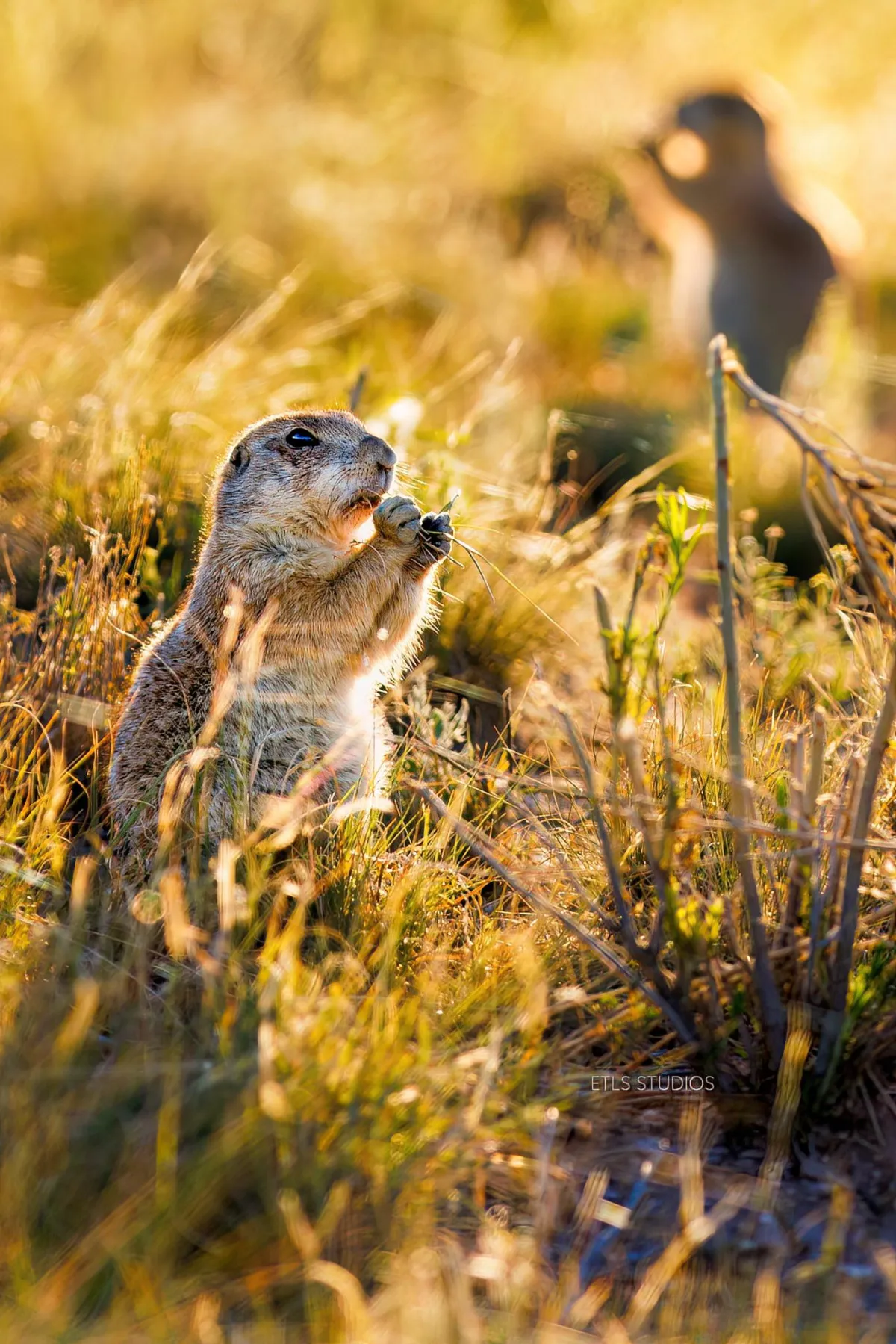
The North American prairie dog is a small, burrowing rodent that belongs to the squirrel family. These social animals are known for their complex underground tunnel systems, distinctive vocalizations, and their role as keystone species in North American prairie ecosystems. There are several species of prairie dogs, with the most common being the black-tailed prairie dog.
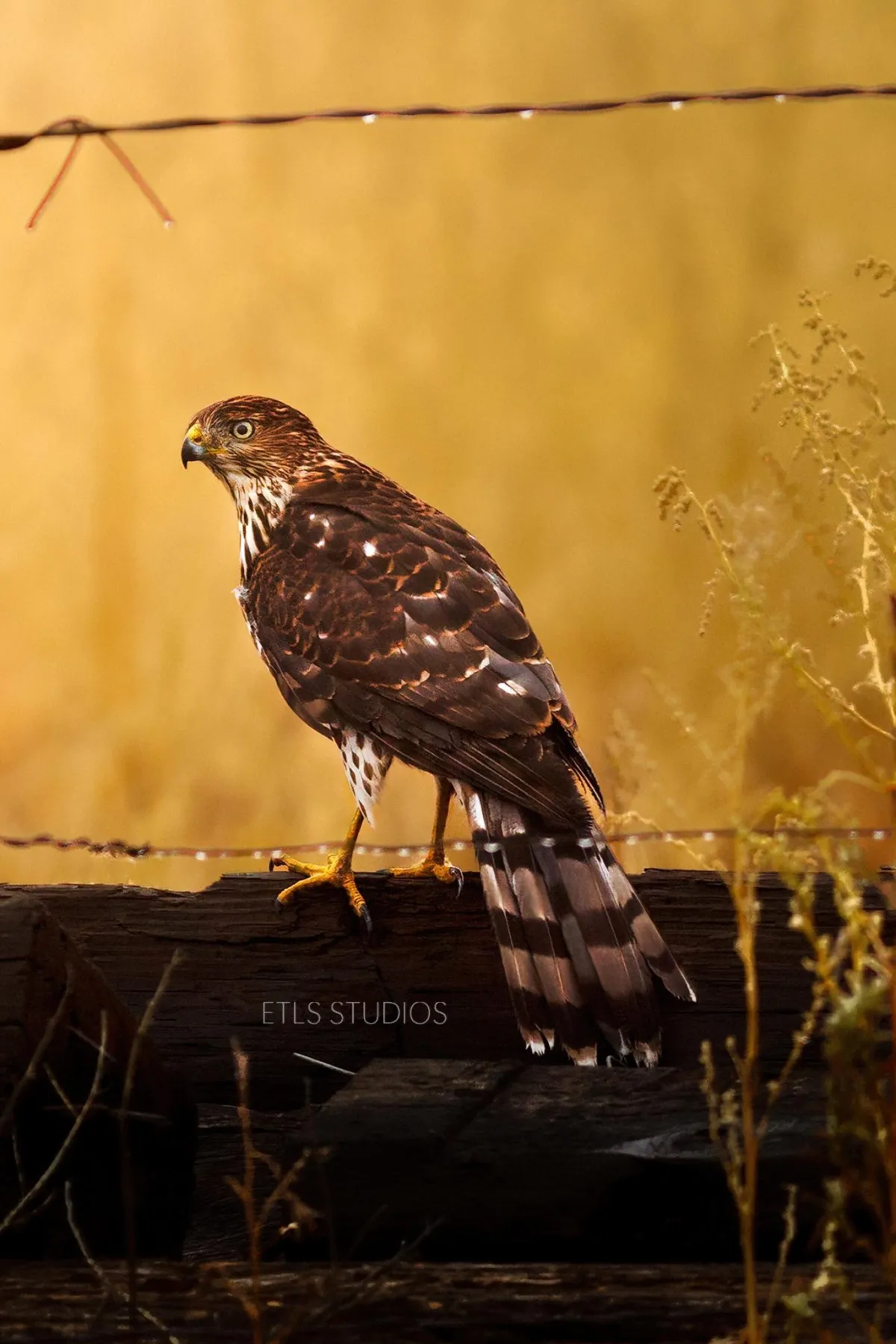
Immature Cooper's Hawks typically have different plumage compared to adult birds. They often have brownish or streaked feathers, especially on their breast and belly. The upperparts are often darker with a bluish-gray tone. As immature Cooper's Hawks age, they undergo molts that gradually change their plumage into the typical adult pattern. This transformation occurs over several years.
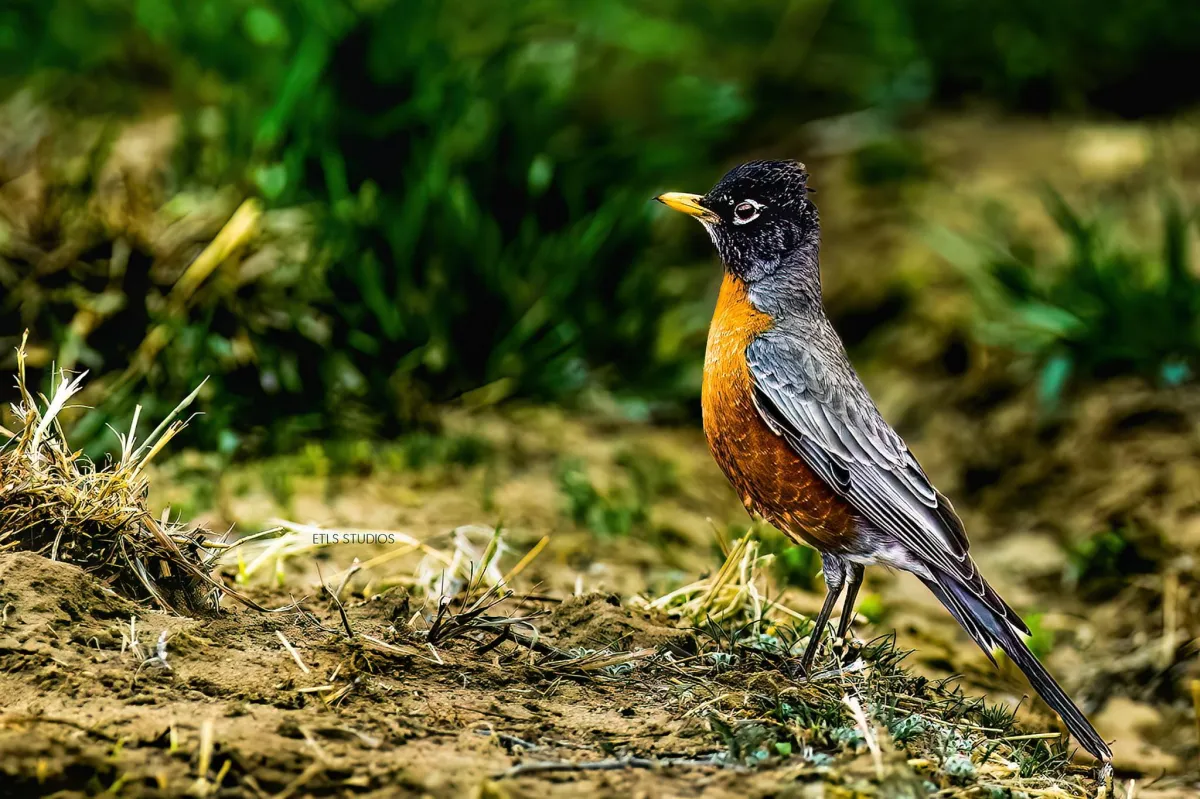
The American Robin's familiar appearance and cheerful song make it a beloved and iconic bird across North America. It is often associated with the changing seasons and is a symbol of hope and renewal.
The female usually lays a clutch of 3-5 pale blue or greenish-blue eggs, which she incubates for about 12-14 days.
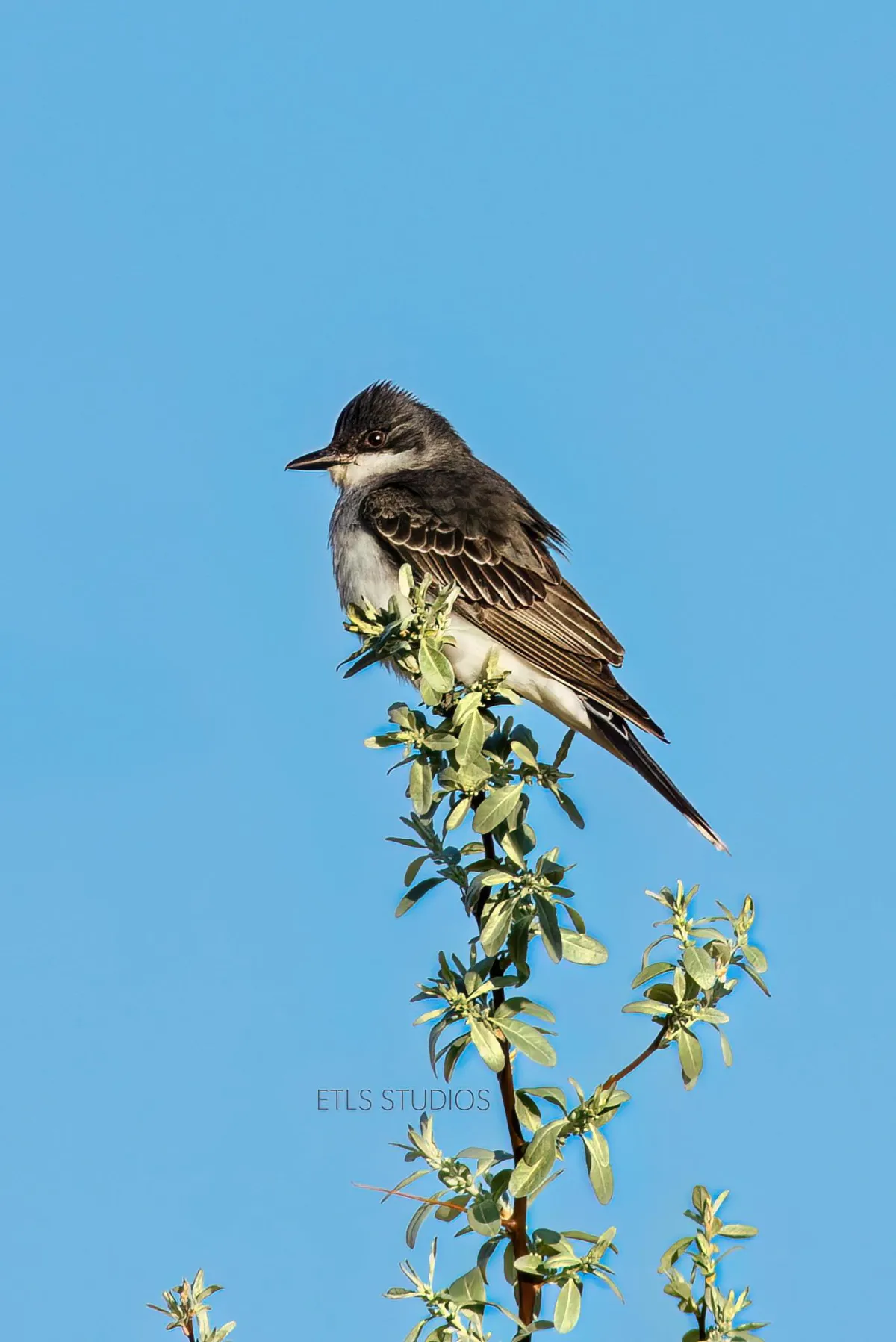
Eastern Kingbirds are known for their aggressive behavior when defending their territory. They may harass and chase away larger birds, including birds of prey, to protect their nests. They build cup-shaped nests in trees or shrubs, often placing them near open areas where they can hunt for insects. The nests are constructed with twigs, grass, and other plant materials and lined with softer materials.
Their diet primarily consists of insects, especially during the breeding season. They feed on a variety of flying insects, such as bees, wasps, flying ants, and flying beetles.
Copyright©Etls Studios. All Rights Reserved.

etlsstudios@gmail.com